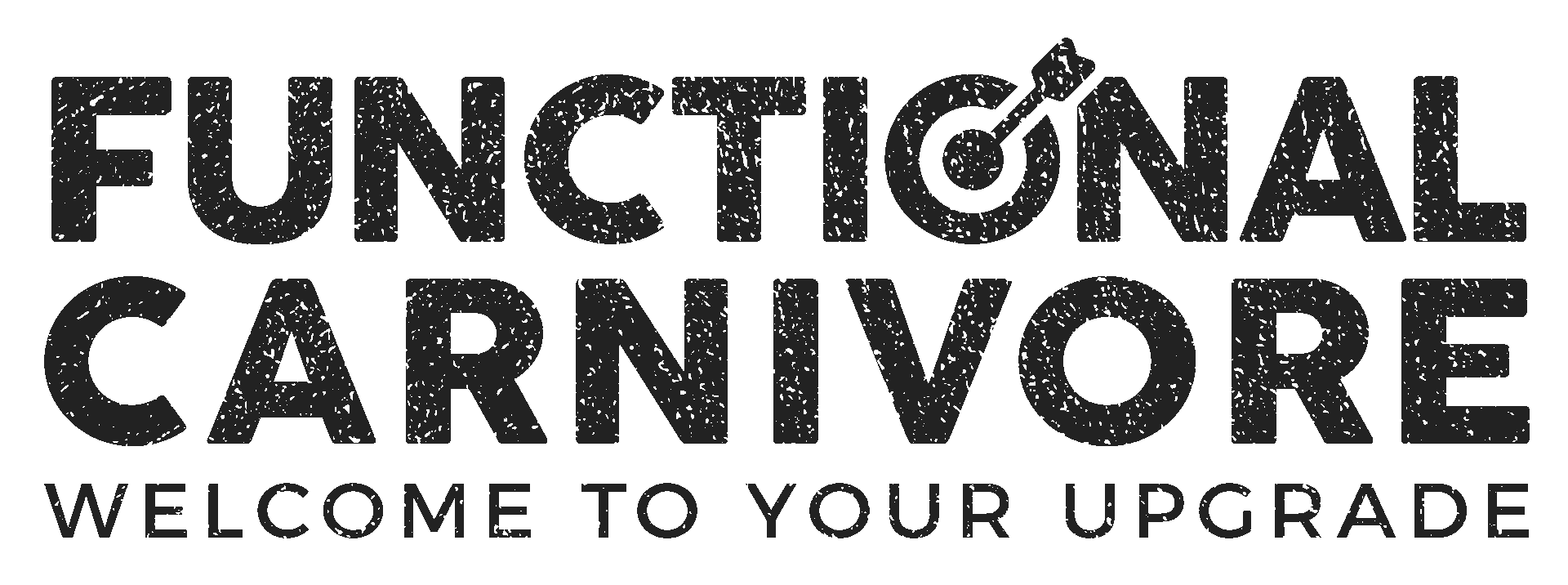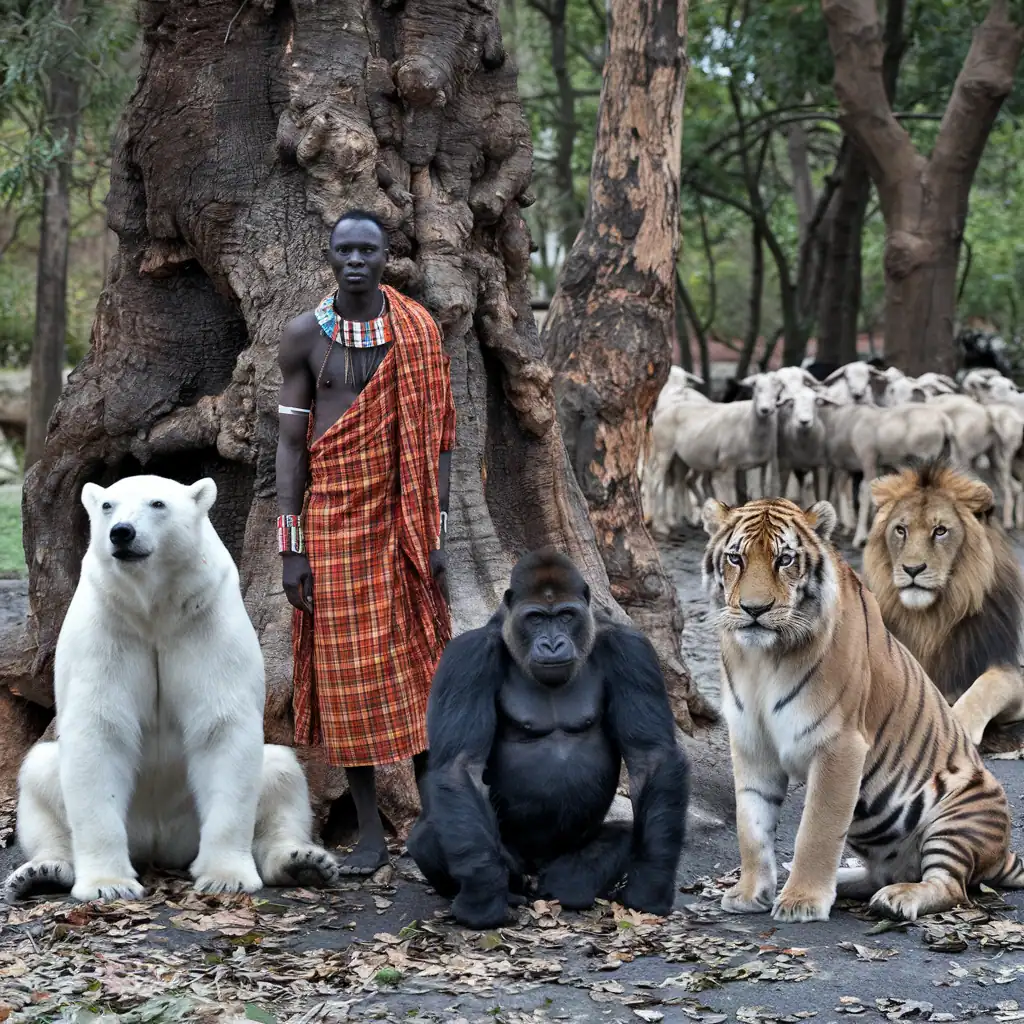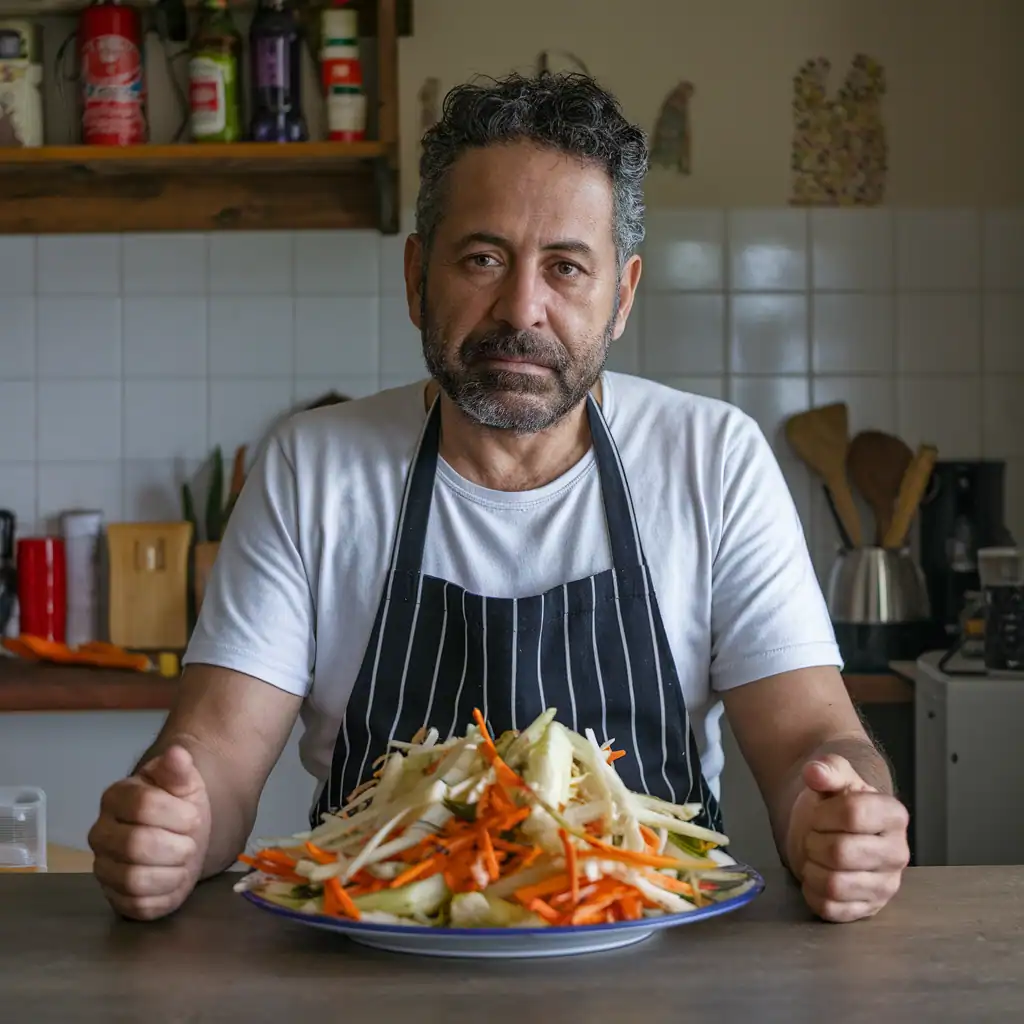Dietary Confusion: A Return to Our Species-Appropriate Diet
DietaryConfusion:A Return to Our Species Appropriate Diet
Let’s rewind a little. For decades, we’ve been caught in a whirlwind of nutrition advice. A never-ending cycle of trends telling us what to eat and what to fear. Up until the 1970s, most people ate real food: meat, milk, eggs, butter. Meals were simple, nourishing, and satisfying.
Then came the low-fat revolution. Almost overnight, fat became the villain, and carbs took center stage. We swapped steak for cereal, butter for margarine, and real food for “health” food.
If you’ve ever felt confused about what’s actually good for you, you’re not alone. The constant flip-flop of dietary dogma has left millions of people second-guessing the most natural act of all: eating.
Out With The Old, In With The New?
So what exactly does “healthy eating” even mean anymore? The so-called experts keep changing the rules. Suddenly red meat and saturated fat are out, while cereals, bread, pasta, vegetable oils and piles of fruit are in.
The irony? People followed that advice faithfully, and yet we’ve never been sicker. Rates of obesity, diabetes, heart disease, and chronic fatigue are higher than ever.
Maybe it’s time to step back and question the entire dietary pyramid we were taught to trust.
What’s Our Real Food Map?
Here’s the big question: what are we actually meant to eat? Some people are convinced that plants hold the key, loading up on kale, green juices, and endless smoothies. I know, because I was one of them. I even owned a juice bar about a decade ago. Hard to believe now.
Others swear by an all-meat approach, while a few take it to extremes and claim we can live on air alone. No wonder everyone’s confused. The dietary debate has become a noisy battleground, full of opinions but short on truth.
If we look at nature, the answer is obvious. Wild animals don’t need nutrition plans or calorie-tracking apps. Cows eat grass, lions eat meat, and both thrive exactly as they’re designed to. We’re part of the same natural system. So doesn’t it make sense that our diet should reflect what millions of years of evolution prepared us for?
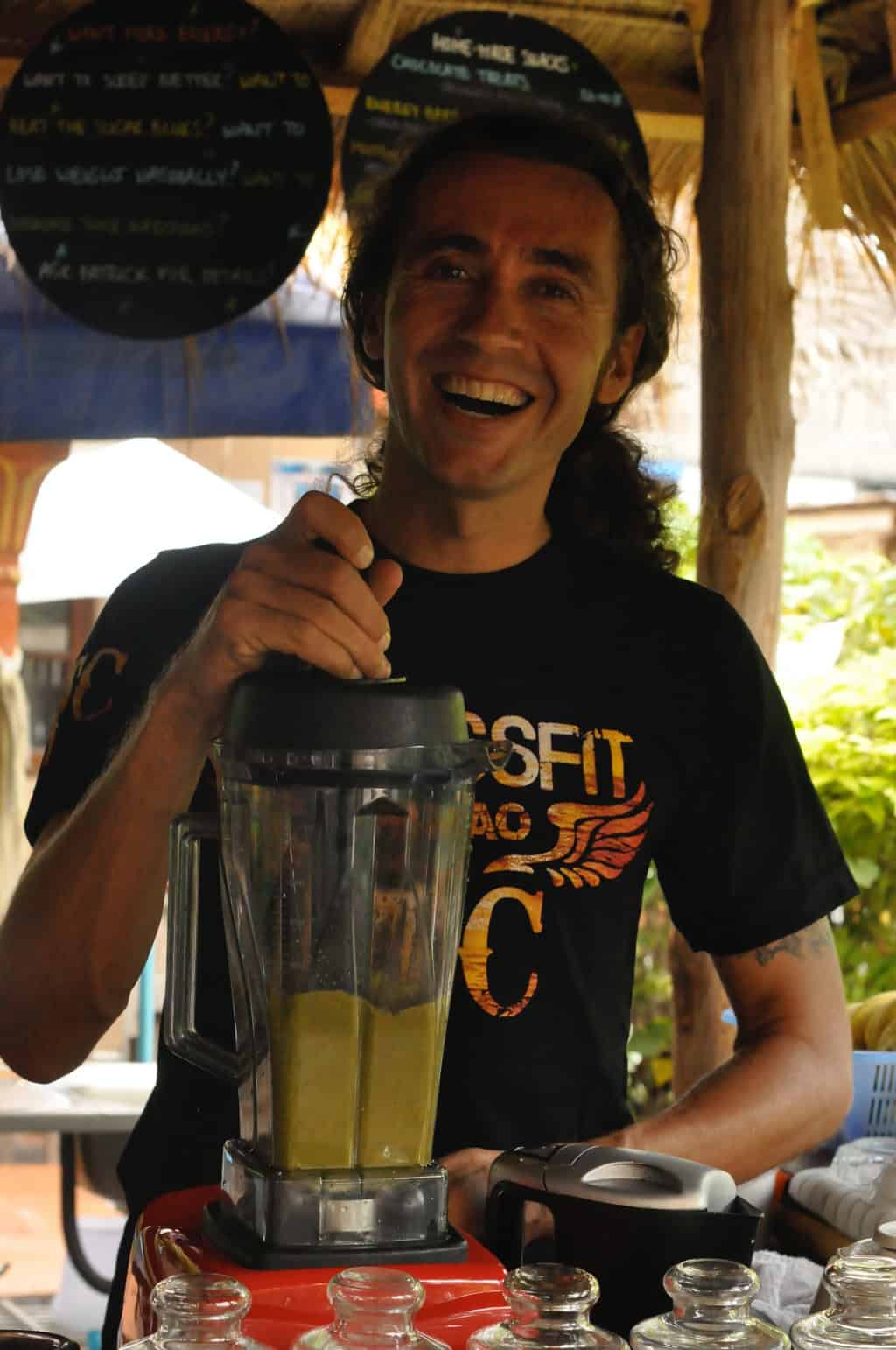
Gorillas: The Surprise High-Fat Diet
At first glance, gorillas look like the ultimate plant eaters, spending their days surrounded by leaves and shoots. But there is more to their menu than meets the eye. About ninety percent of what they eat is water, and the rest is dry plant matter with only a trace of fat. Sounds low-fat, right? Not quite.
Gorillas are what biologists call hind-gut digesters. After they eat, the fiber in their food is fermented in the large intestine by bacteria, creating short-chain fatty acids. These fatty acids become their main source of energy.
So even though gorillas appear to live on plants, most of their fuel actually comes from fat. In their own way, they are natural fat burners.
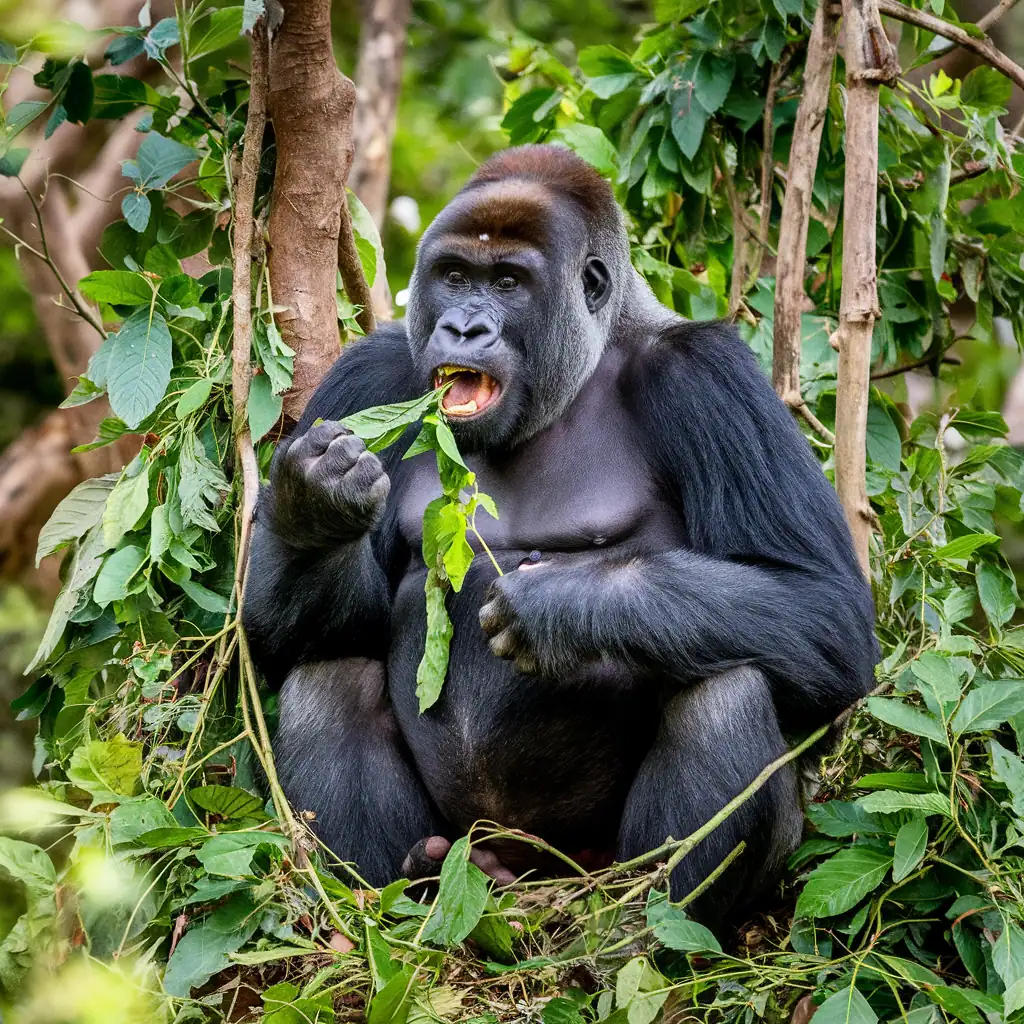
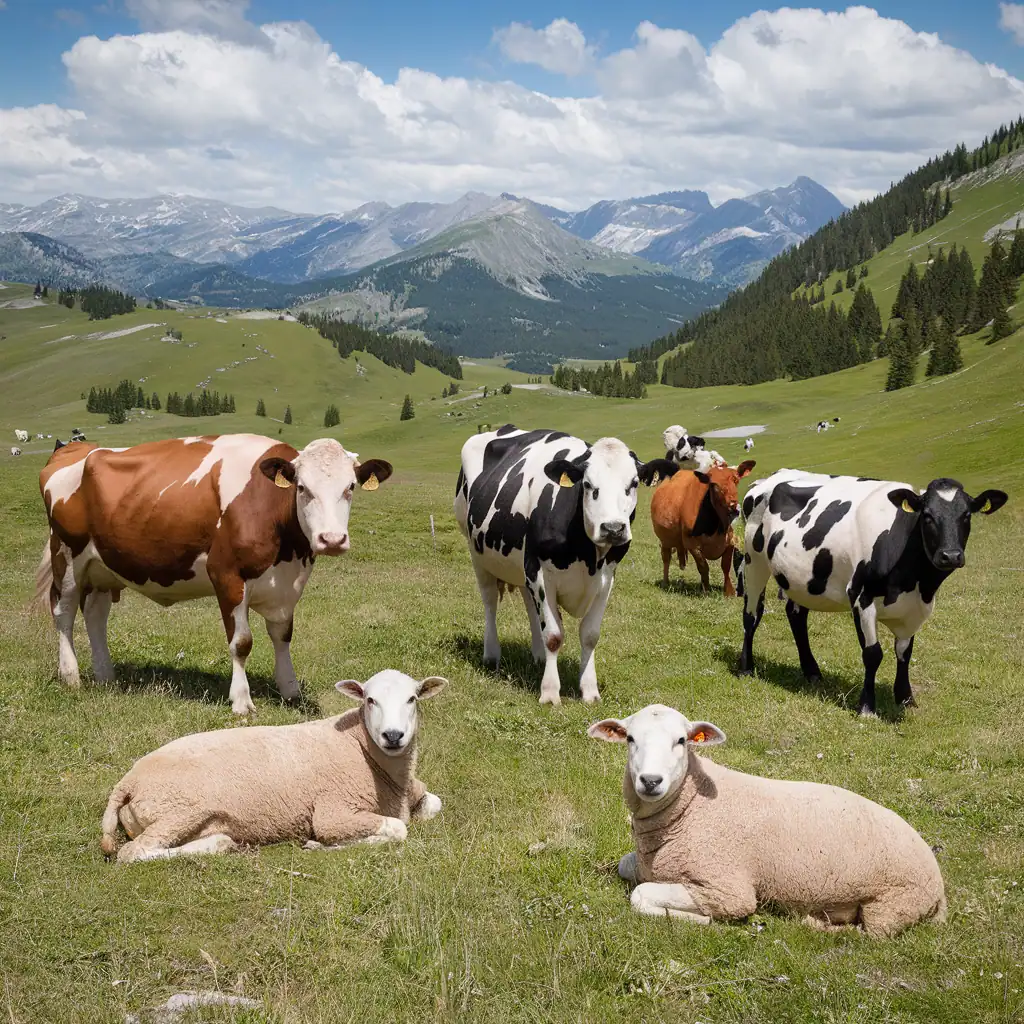
Ruminants: Cows and Sheep Living the High-Fat Life
Cows and sheep may look like devoted plant eaters, spending their days chewing grass, but it is not the grass itself that fuels them. Their complex, multi-chambered stomachs transform all that fibre into fatty acids through fermentation.
Around seventy percent of their energy comes from these fats created in the gut. In other words, even the most dedicated grazers rely on fat as their main fuel source. There is a lesson here for us too about trusting fat to do the heavy lifting.
Carnivores: The Kings of Fat and Protein
Now we come to the carnivores, the true specialists of the animal kingdom. Think of lions on the African plains or polar bears in the Arctic. These animals know exactly what to go for. They do not waste time grazing or foraging. Instead, they head straight for the most nutrient-dense parts of their prey such as the organs, bone marrow, and fatty tissue.
This instinct is no accident. Carnivores have evolved to thrive on fat and protein, using them as direct sources of energy and repair. There is no fermentation process, no conversion needed. Every bite delivers the raw materials for strength, focus, and endurance.
For them, meat and fat are not indulgences but necessities. It is nature’s most efficient design, and one that mirrors the way humans once ate before modern diets complicated the picture.
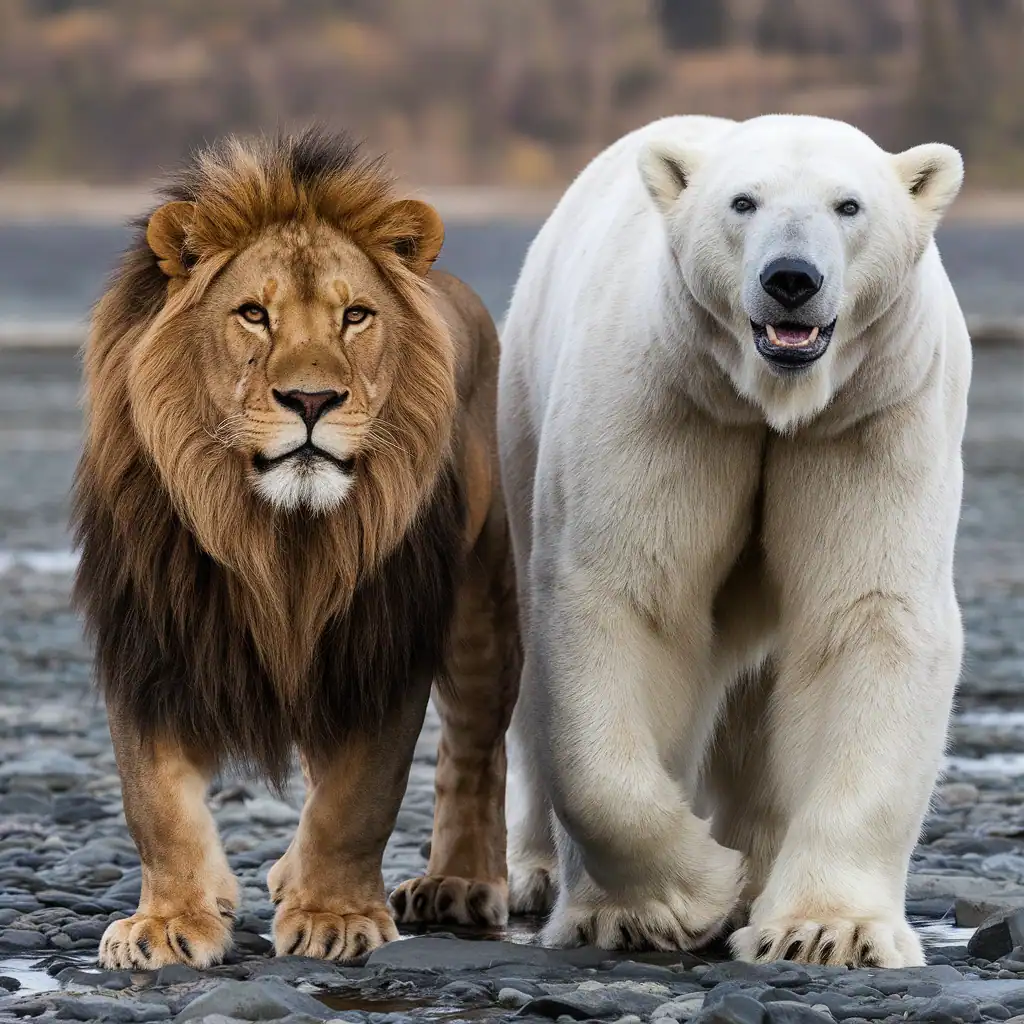
Maasai: Meat, Milk, and Blood, The Power Combo

We cannot forget the Maasai of East Africa, one of the most fascinating examples of a traditional animal-based diet. For generations, the Maasai have lived as semi-nomadic herders, thriving on a simple yet powerful combination of meat, milk, and blood from their cattle.
No smoothie bowls or plant-based wraps here. Their nourishment comes directly from the land and their animals, providing them with complete nutrition in the form of protein, healthy fats, and essential minerals.
What is remarkable is that despite consuming large amounts of animal fat, the Maasai have historically shown some of the lowest rates of heart disease and metabolic illness. While much of the Western world was busy cutting out fat, the Maasai were thriving on it, maintaining lean, strong physiques and vibrant health well into later life.
Their example reminds us that strength and vitality often come from staying close to the foods that nature intended.
So, Where Do We Fit In?
So where do humans belong in this grand buffet of nature? We are not built like cows with multiple stomachs designed to ferment plants, and we are not pure hunters like lions. Yet research consistently shows that we thrive on a diet rich in healthy fats, moderate in protein, and lower in carbohydrates.
The evidence is written in our history. Fossils and ancient tools reveal that our ancestors were skilled hunters long before they ever turned to grains or cultivated crops. During the Ice Age, when plants were scarce, humans relied heavily on animal foods for energy and survival. Those nutrient-dense fats quite literally fuelled the growth of our large brains and gave us the stamina to endure harsh environments.
In many ways, returning to an animal-based diet is not a new idea at all. It is simply a reconnection with how we were always meant to eat.

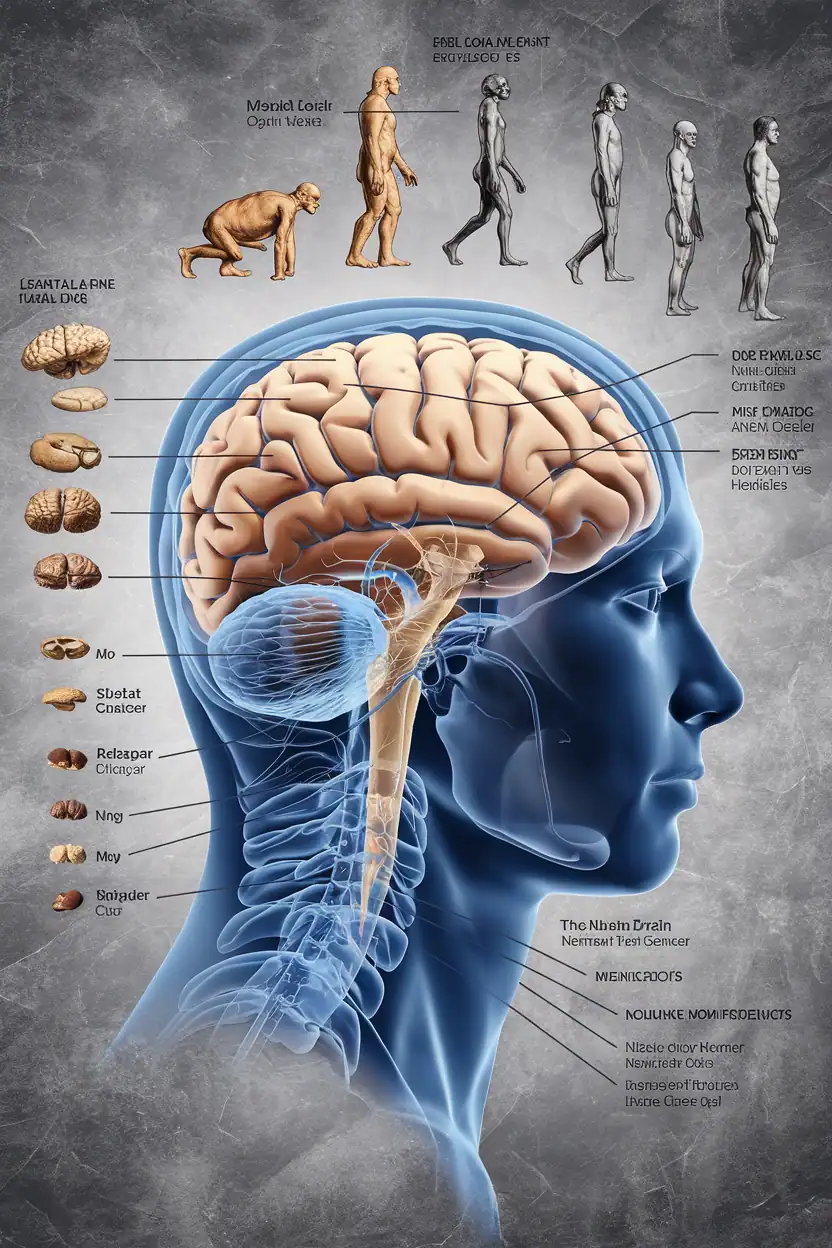
Brain Fuel: Why Fat is Your Friend
Let’s talk about the brain for a moment. It may only make up about two percent of your body weight, but it demands roughly twenty percent of your energy. And what fuels it best? Fat, particularly the long-chain fatty acids found in animal foods. These are the building blocks that support memory, focus, mood, and long-term brain health. You will not find that kind of nourishment in a bowl of quinoa.
So why did we ever shift toward carbohydrates? The short answer is convenience. Modern agriculture made grains easy to grow and distribute, but that does not mean they are what our bodies were designed to thrive on.
Our evolutionary history, along with the diets of other successful species, points in one clear direction. Humans are built to run on fat, with protein as a steady foundation and carbohydrates playing only a supporting role. Our ancestors did not just survive on meat and fat, they thrived because of them.
If we want to reclaim that natural state of vitality, it starts with real food and nutrient-dense fat. So fire up that pan, cook your steak in tallow or butter, and take a bite of the food your body has known and loved since the beginning.
Dr. Barry Groves: The Truth About What We’re Really Meant to Eat
Still curious and want to dive deeper into what a species-appropriate diet truly looks like? Then you are in for a treat. Dr Barry Groves delivers an engaging and eye-opening lecture on what humans are biologically designed to eat, and it is definitely not the food pyramid most of us were raised with.
This talk is full of insights that challenge decades of nutritional dogma and make you question almost everything you thought you knew about healthy eating. It is a fascinating look at how far modern diets have drifted from our natural roots, and how returning to real food can change everything.
Enjoy your steak,
Patrick
Your Renegade Meat Master 🥩🚀
Related Carnivore Chronicles
You have made it this far, so why stop now? Explore more Caveman Diaries that will keep your real food journey inspired. Whether you are here for practical tips, deeper insights, or just a smile at some of the modern nutrition myths, there is plenty to enjoy.
Grab your favourite cut, relax, and keep exploring the world of Functional Carnivore.
Oh, and while you’re at it, why not share this chronicle with your friends?
Reach Out – Let’s Talk!
Reach Out – Let’s Talk!
If you’re feeling stuck, low on energy, uncomfortable in your body, or unsure where to even begin, I’m here to help.
Send me a message and we’ll talk through what’s going on, what you need, and how this coaching can support you. No pressure, no perfect timing, just a real conversation about what’s possible.
You don’t have to figure it out alone.
Let’s take the first step together.
